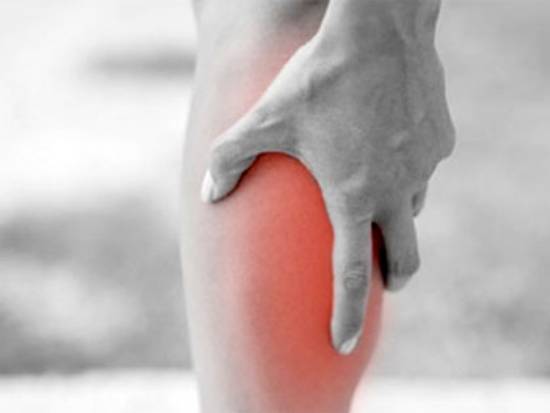Hands-Free Crutch with Articulated Knee
A device that enables a patient with a lower-leg injury to walk with a more natural gait than existing devices, without bearing weight on the injured portion of the leg. The device is hands-free (unlike, say, standard crutches) but still allows the knee of the injured leg to articulate, thus enabling the patient to travel up and down stairs, transition from sitting to standing relatively smoothly, and sit relatively comfortably for extended periods of time without needing to remove the device. The device can be configured to transition from non-weight bearing to weight bearing such that the injured limb bears a pre-determined and gradually increasing amount of weight.
Problem
Traditional crutches are cumbersome and limiting. For example, they often prevent the patient from travelling up and down stairs. For this reason, hands-free crutches have recently been developed, but because these newer devices still do not allow the knee of the injured leg to articulate, they generally cause discomfort when worn for extended periods of time. They also make it difficult for the patient to navigate stairs, transition from sitting to standing, and sit for extended periods of time without removing the device. Additionally, these devices only allow the user to remove weight from the lower leg completely, so they prevent a smooth transition from non-weight-bearing to partial weight-bearing.
Solution
In response to the need to remove limitations typically associated with recovering from a lower limb injury, USU researchers have developed a hands-free crutch that transfers the weight from the lower leg to the upper thigh, thus allowing the patient to bend the injured leg naturally to a certain degree. This device also can be configured to allow a variable, pre-determined quantity of weight to be borne by the injured lower leg while transferring the rest of the patient’s weight to the upper thigh of the injured leg.
Benefits
The articulated knee improves the patient’s overall comfort level throughout the recovery process. Patients are able to wear the device relatively comfortably while sitting. The articulated knee improves the patient’s travelling speed and facilitates complex maneuvers, such as navigating stairs and transitioning from sitting to standing. The device positively impacts recovery outcomes by reducing muscle atrophy, providing a smooth, quantified transition from non-weight-bearing to partial weight-bearing, and reducing recovery time.
Applications
Assistive rehabilitation devices for people with lower-leg injuries.

Contact
Questions about this technology including licensing availability can be directed to:
Alan Edwards, M.A., J.D.
Manager, Technology Transfer Services
(435) 797-2328
alan.edwards@usu.edu
USU ID C19035
Development Stage
TRL 4

